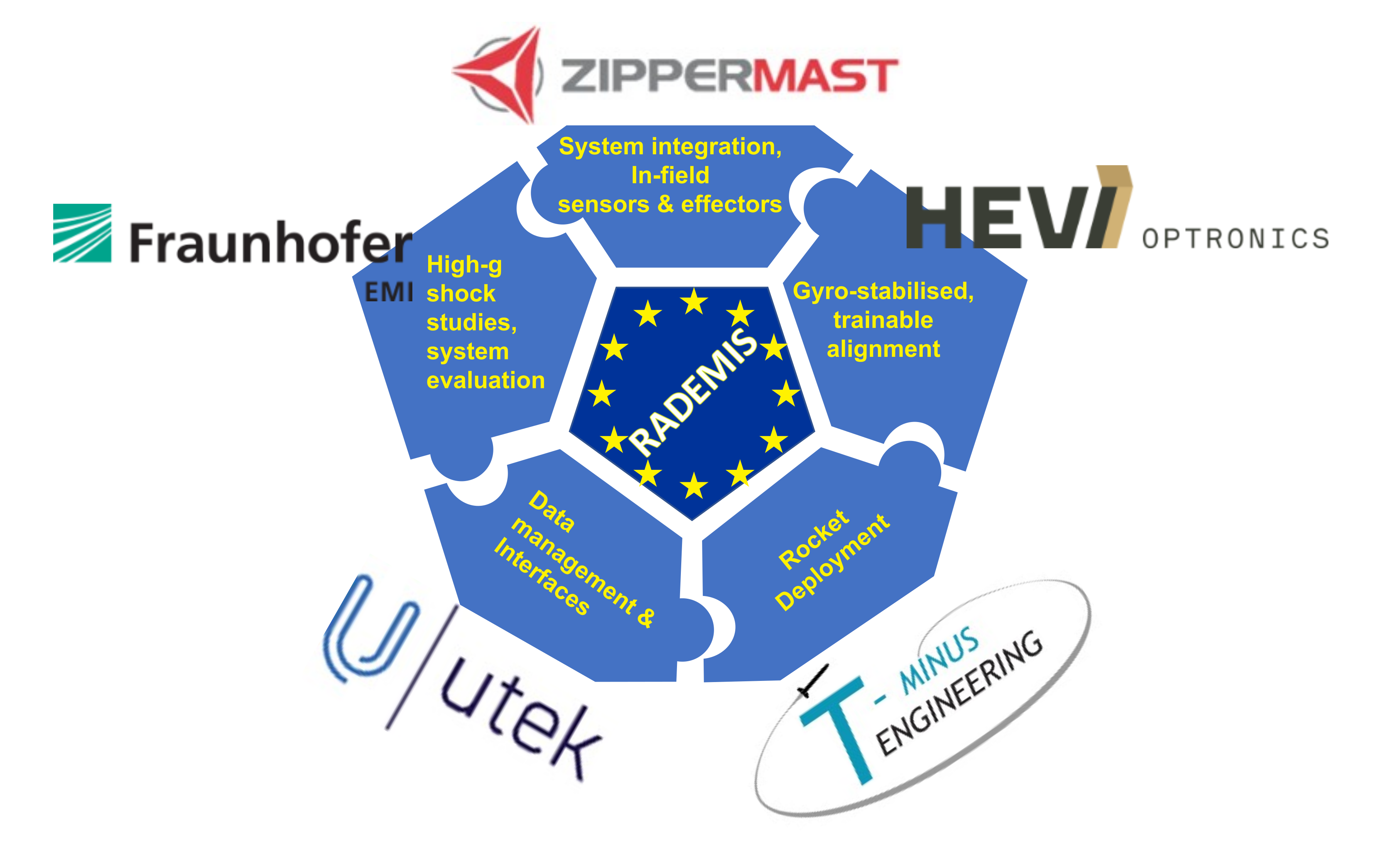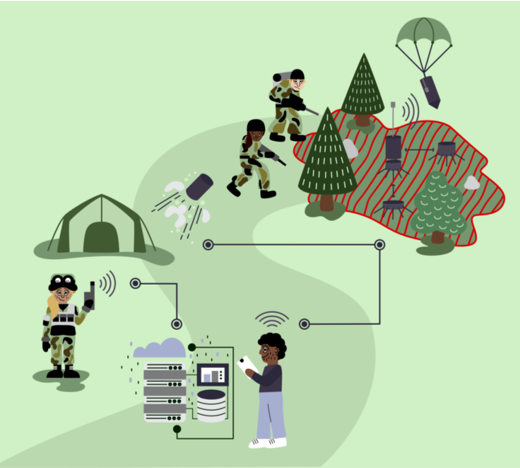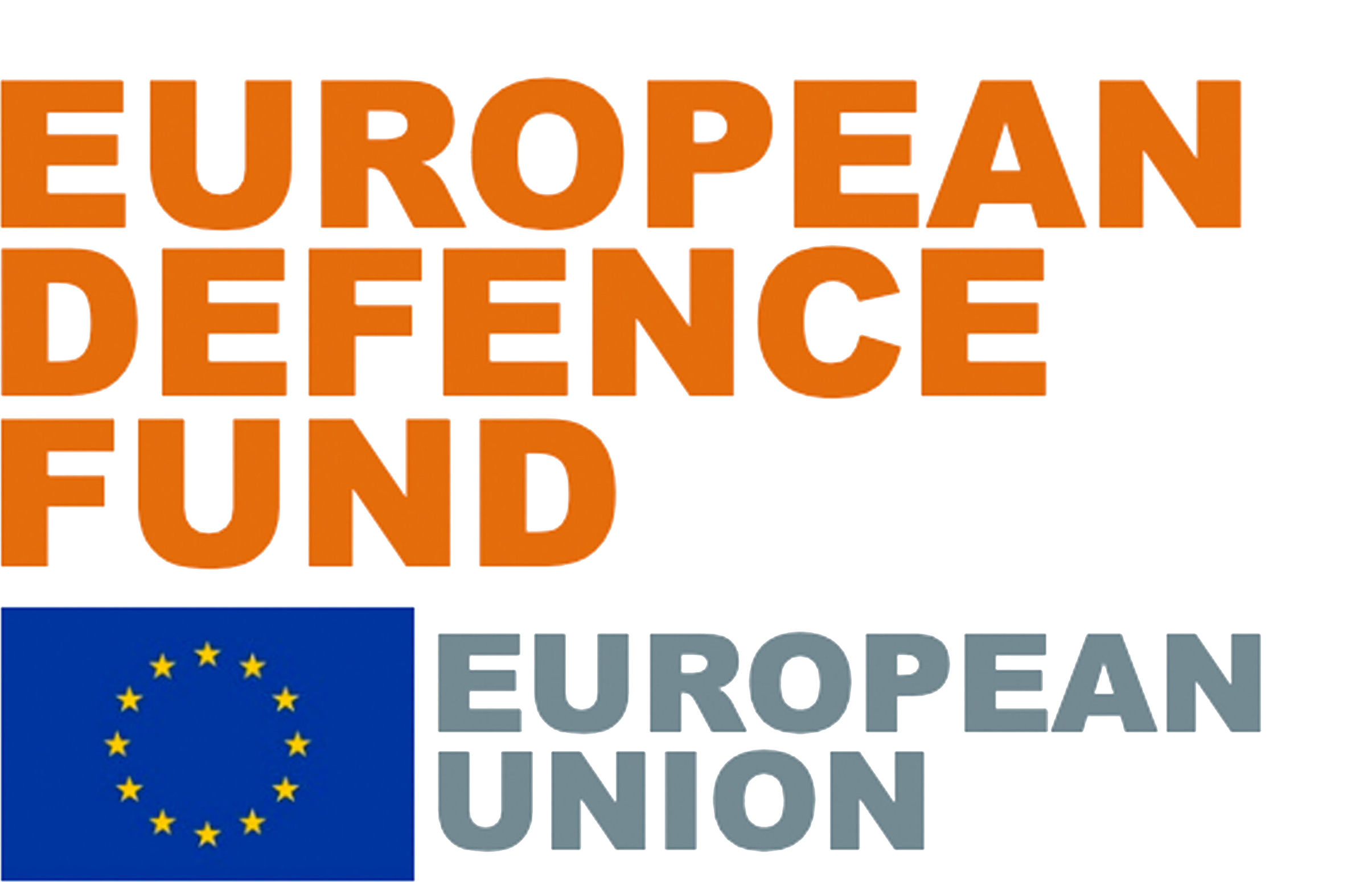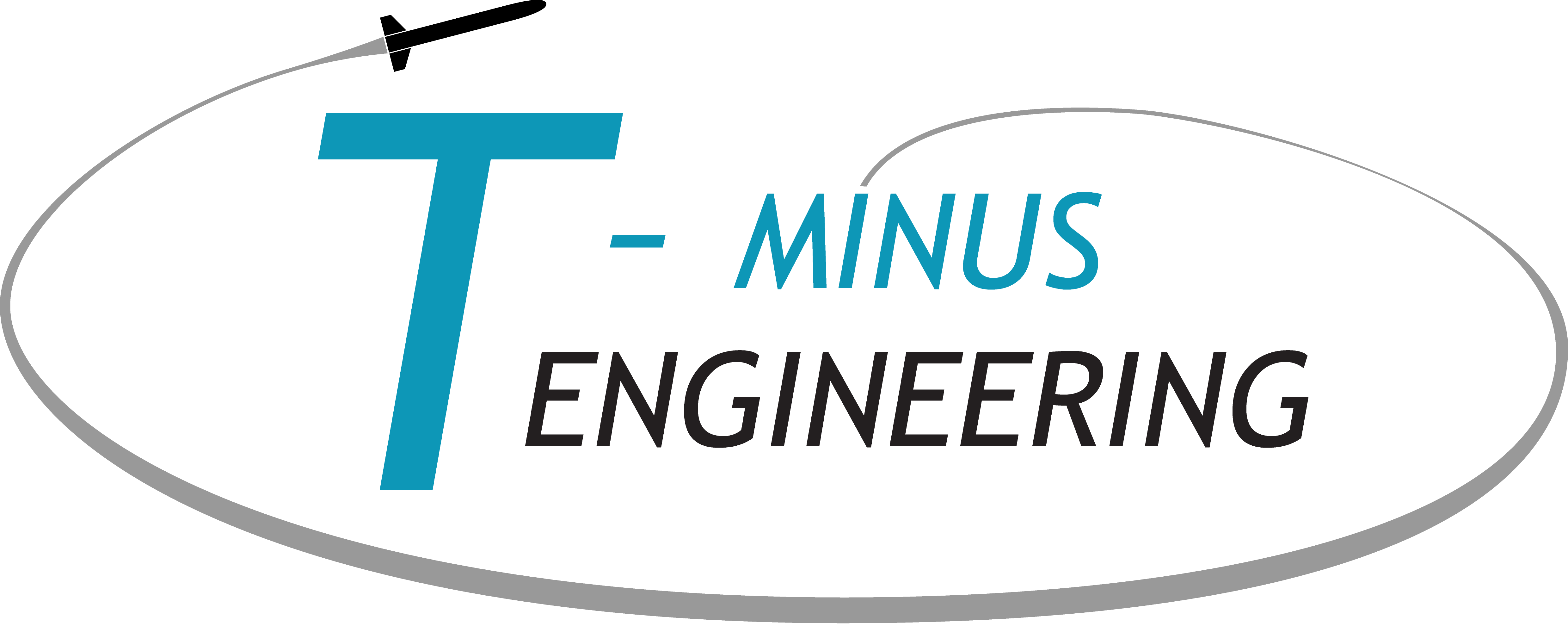Innovation for European defence
four micro-enterprises and a research organisation from all corners of the EU join forces to elaborate new potential for modern battlefield missions
Zippermast GmbH in cooperation with the research organisation Fraunhofer Ernst-Mach Institut and the micro-enterprises T-Minus Engineering B.V., Unmanned Teknologies Applications S.L. and Hevi Optronics OÜ have submitted the project proposal „RADEMIS“ at the European Defence Fund 2022 programme.


Digital transformation of the battlefield is key in modern warfighting. While numerous projects focus on the „big picture“, RADEMIS targets the „last mile“ of digitalisation at the front of operational theatre supporting the fighting force.
RADEMIS allows a quick access to remote, hazardous, uncontrolled or contaminated areas through rapid and precise deployment of various COTS (commercial off-the-shelf) and MOTS (military off-the-shelf) sensors. With RADEMIS, we enable existing long-range military deployment systems to deploy COTS and MOTS sensor without putting own personnel at risk. In particular, reconnaissance missions will benefit from the extended deployment method.
We aim at a) improving situational awareness, b) enhancing tactics by decoy, spoofing and jamming options, e.g., sending fake signals mimicking troops, and c) installing a mobile ad hoc network (MANet) for data transfer with low signature independent from satellite communication.
RADEMIS proposes a modular carrier platform deploying a payload with potentially harsh methods, such as mortar, rocket or airdrop.
After landing, the carrier supports the payload in autonomously arranging and finding the ideal position depending on the mission goal. In case the attached sensors require additional height above the ground to enhance their performance, RADEMIS extends the sensor via a mast system. Optionally, the mast functions as on-demand antenna for the data network. The carrier platform offers generic interfaces for military and commercial sensors. Based on local sensor readings, smart algorithms decide when to extract the antenna to report to decision-making authorities from up to 120km behind the frontline.
The generic interfaces for commercially available sensors as well as the easy integrability of already existing equipment lay the foundation for a cost-effective system that reduces the risks of reconnaissance missions significantly.
Partners
We are an innovative & hardworking consortium that is dedicated to work for you




